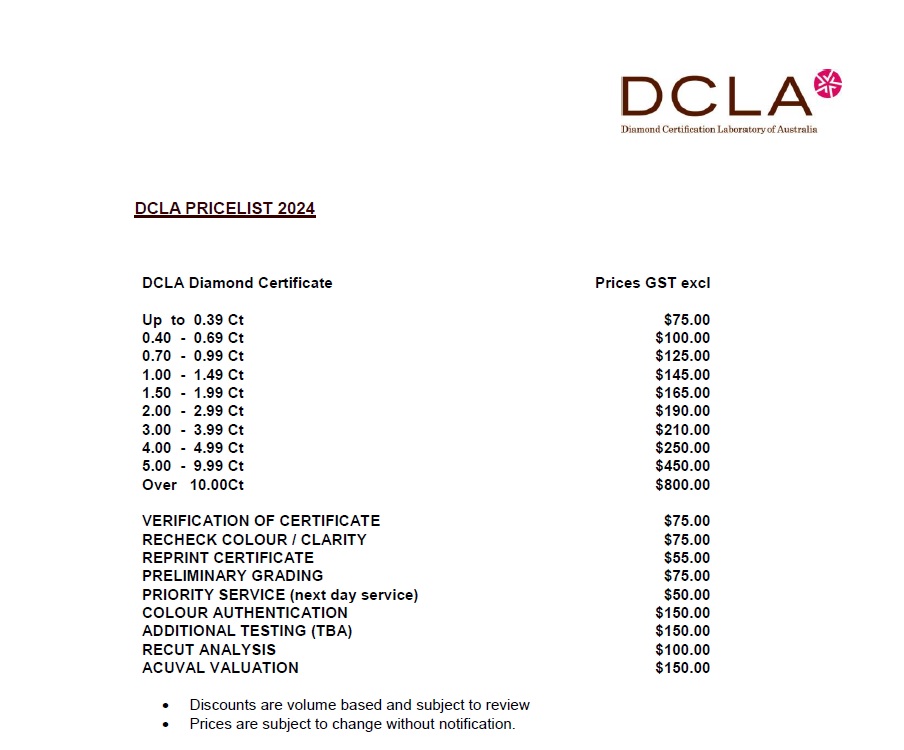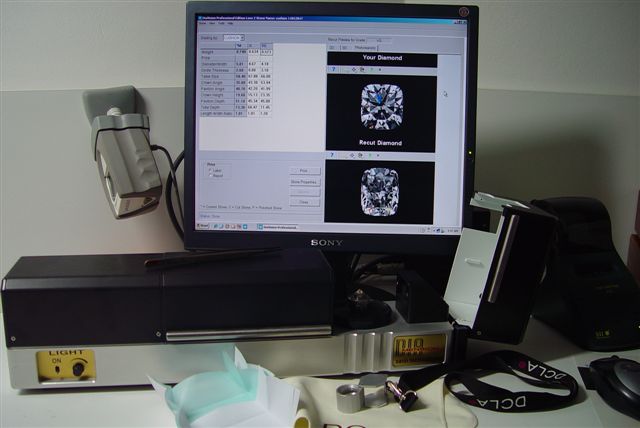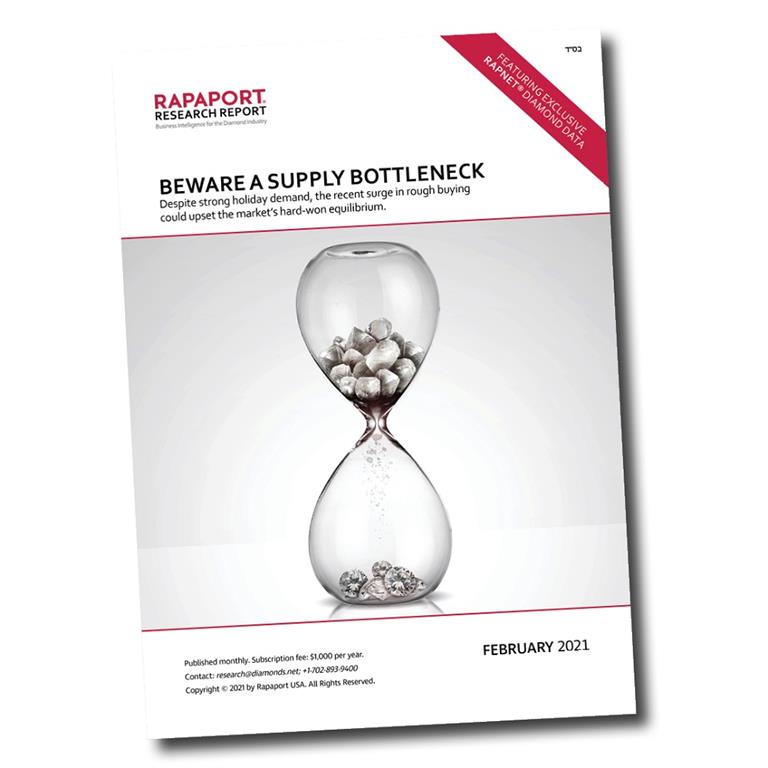Alrosa has increased prices for the third consecutive contract sale, fueling concerns about unsustainable growth and tight manufacturing profits.
The adjustments were 4% to 5% on average, with a focus on 1-carat rough and larger, insiders told Rapaport News this week. Prices of that category are now higher than pre-pandemic levels, a customer noted.
Alrosa declined to comment on its “commercial strategy,” but a spokesperson said the Russian miner “assures that prices for its goods follow the real, confirmed demand from the midstream sector.”
The sale, which took place this week, came amid strong rough demand following positive holiday seasons in the US and China. But there were warnings of a slowdown as the quiet season approaches.
“Since the rough market is so strong, everyone accepts the [prices], but it’s becoming a bubble that might explode,” a source cautioned.
Industry members highlighted possible challenges for manufacturers. Rough prices have outpaced polished, they claimed, with the upcoming slow months raising concerns about end demand.
“[The miners have] taken away all the profit margin from the manufacturing pipeline, because…when the polished is ready, the polished market will be slightly weaker than today,” an Alrosa customer explained. “Probably, we will all lose some money, and not even make the costs.”
Alrosa maintained its policy of allowing customers to refuse any unwanted goods — a concession that has been in place since the start of the pandemic.
However, some clients felt compelled to buy to ensure they retain their allocations in the new contract period, which begins April 1, one customer pointed out. Even so, rough sales at the trading session will likely be lower than the $421 million it reported for January and the $361 million it garnered in February, reflecting a drop in the miner’s supply, he added.
De Beers: Less availability
De Beers will also offer limited supply at its sight next week as its reduced production plan for 2021 has affected availability. Sources expect sales of around $400 million, compared with $663 million in January and $550 million in February. The company lowered its full-year production forecast in January because of operational issues at some of its mines.
“We continue to take a prudent approach with our mine plans given the ongoing pandemic and associated uncertainty,” a De Beers spokesperson said Wednesday.
With fewer goods on the table, further price increases by De Beers are unlikely at next week’s sale, a sightholder predicted. The miner already increased prices in December, January and February, reversing a sharp price cut it implemented in August.
“There was a major pushback on the goods last month,” the sightholder commented. “In anything that [produces] pointers and large [polished goods], they went way too far, and everybody said so. There were also refusals. If [prices] go up now, everyone will just leave the goods.”
Source: Diamonds.net











